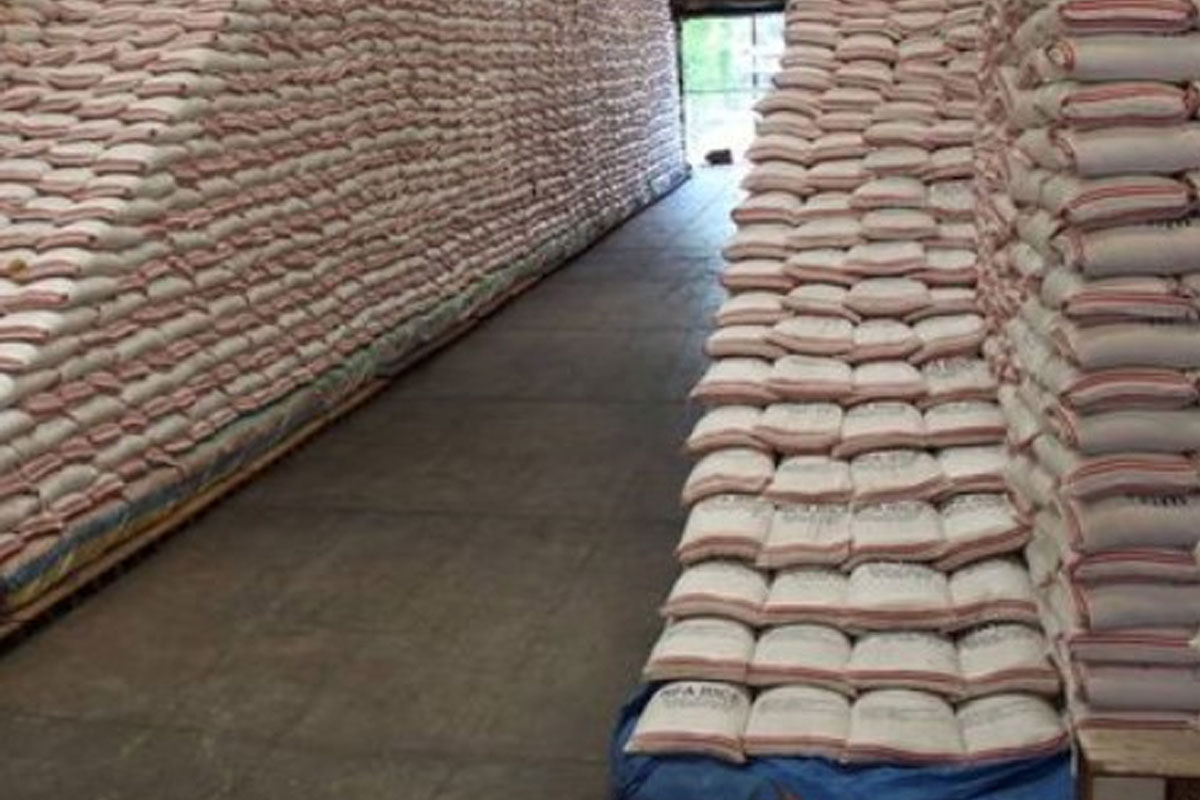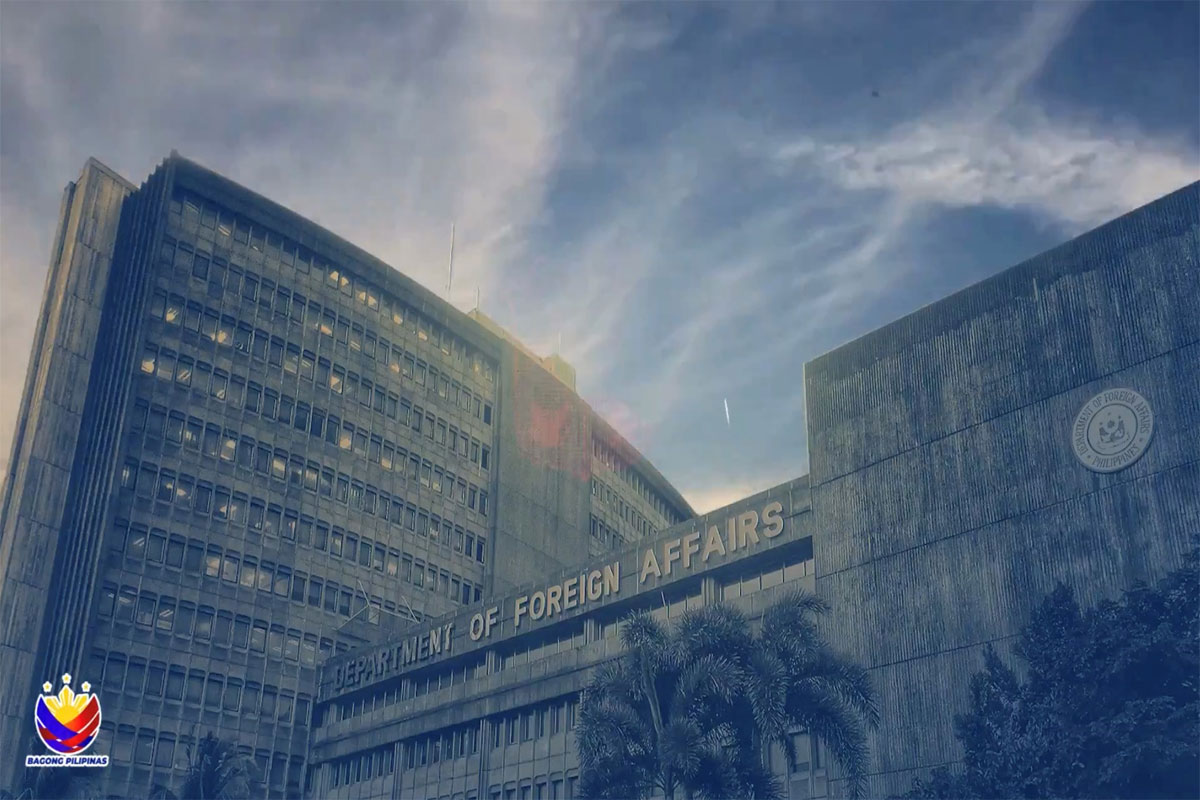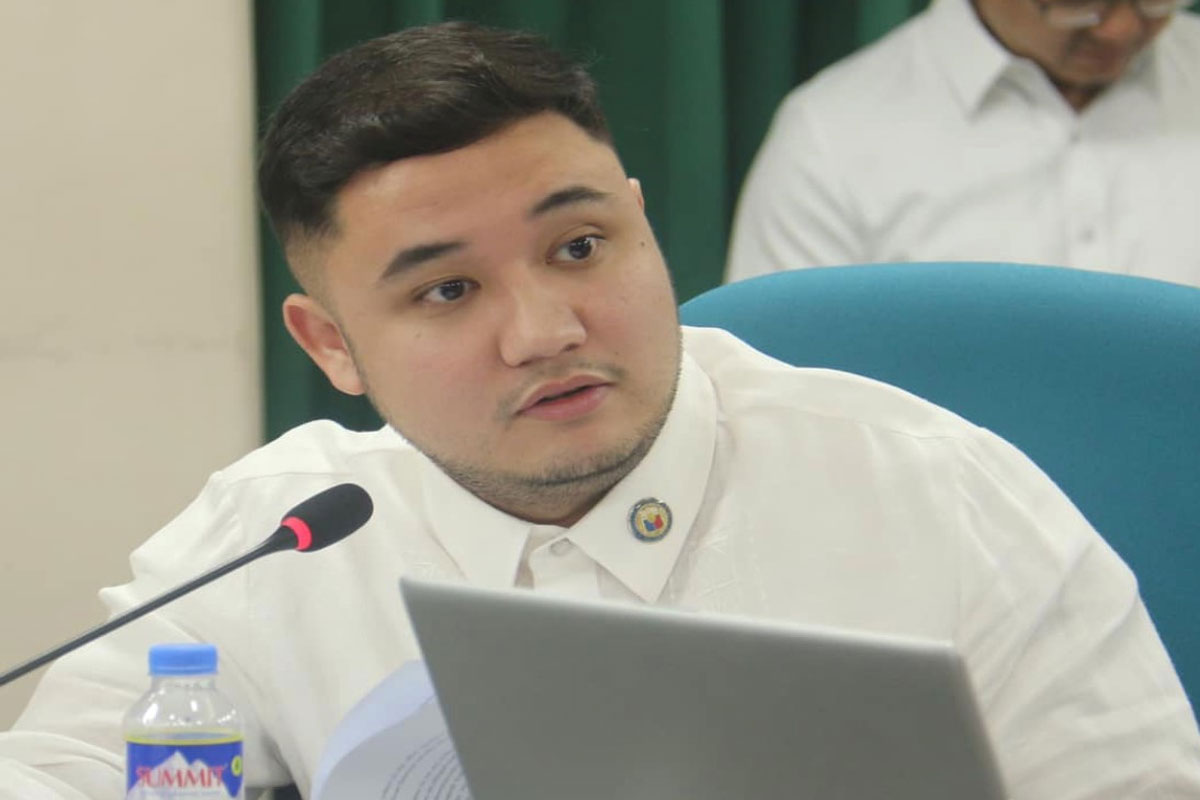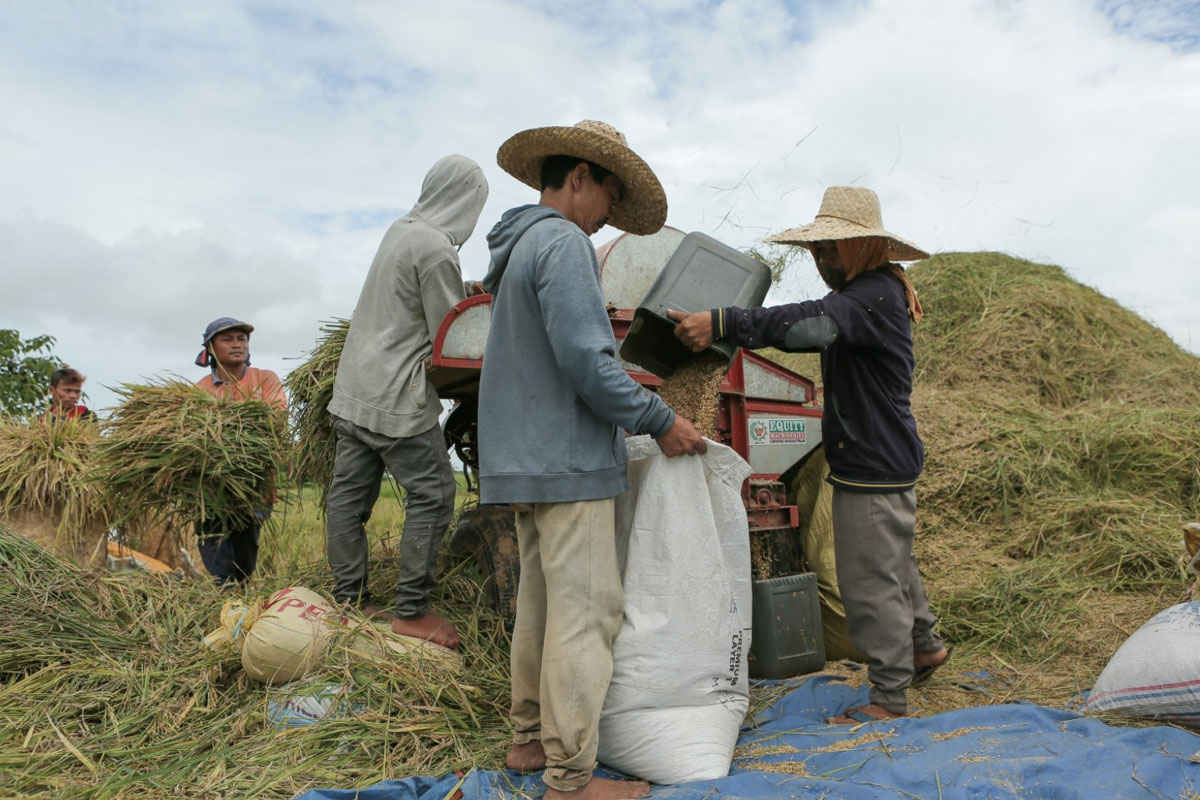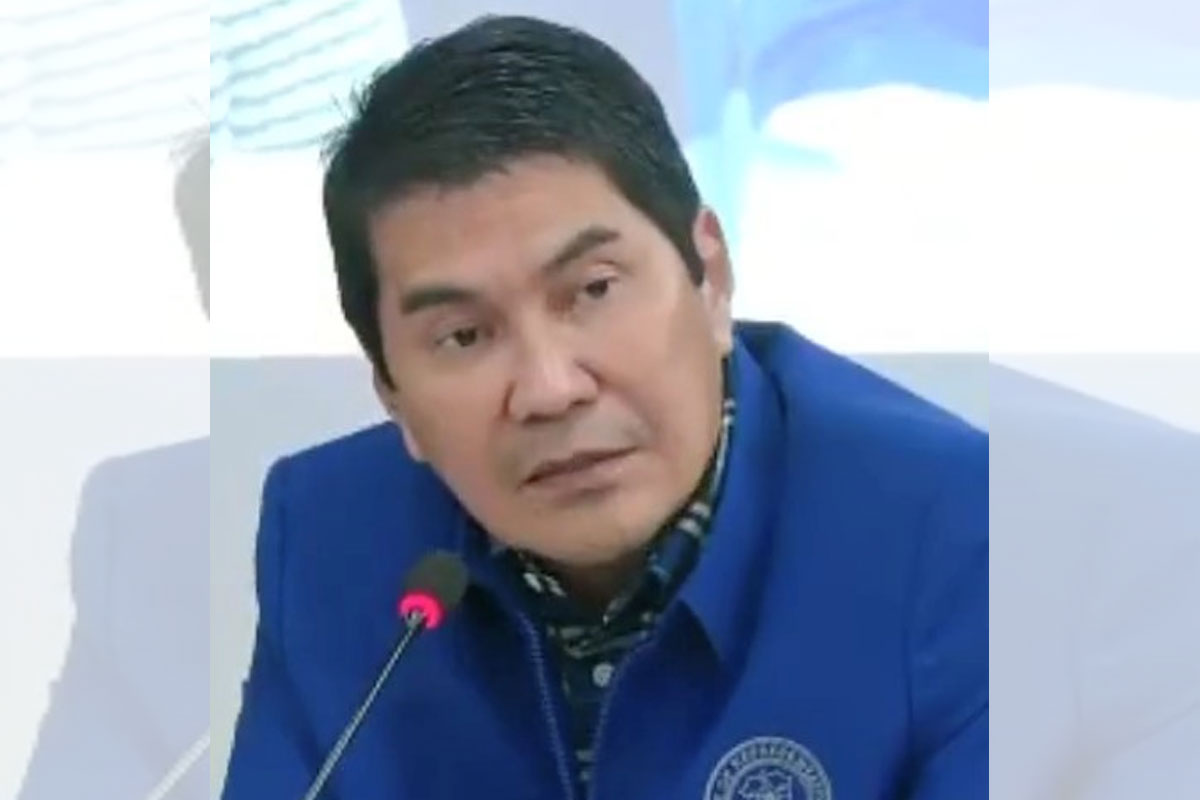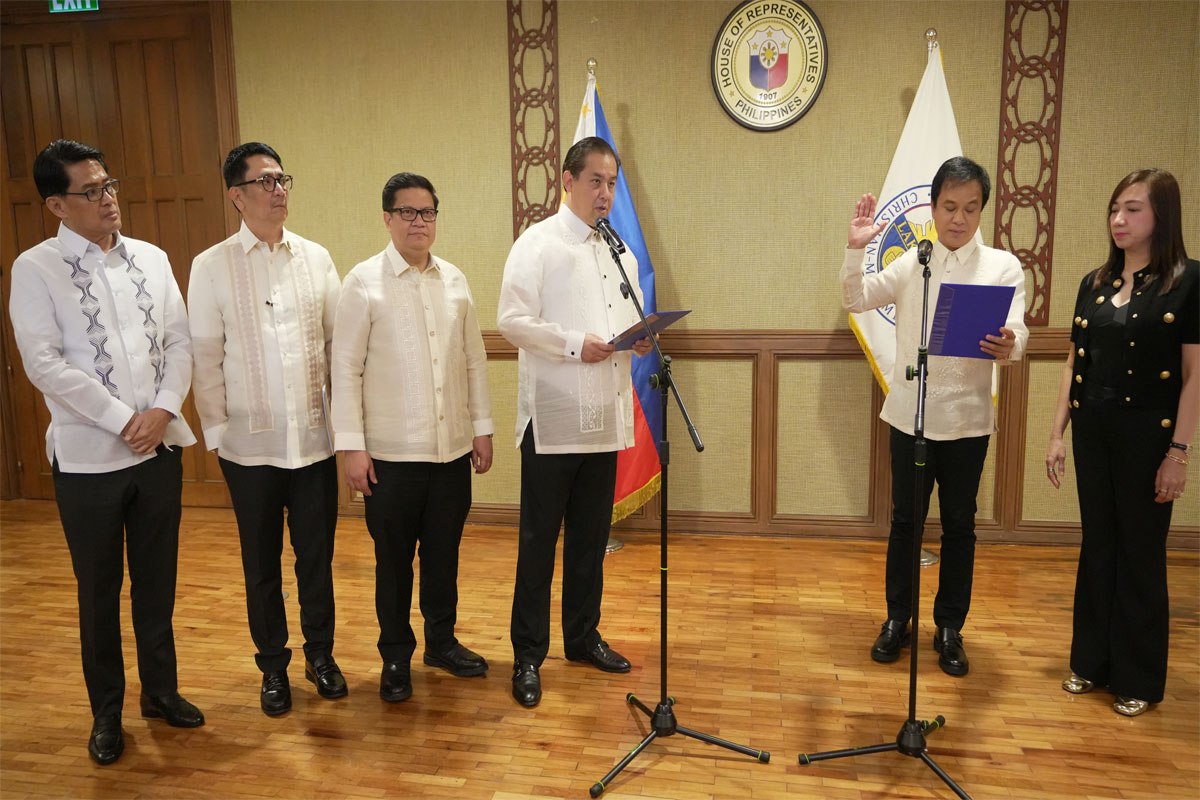
PBBM must update ‘RAIN’ for El Niño response – Recto
AS the country braces for the return of El Nino, President Ferdinand “Bongbong” R. Marcos Jr. (PBBM) should lead in the upgrading of the RAIN or “Roadmap to Address the Impact of El Niño” so that the weather phenomenon will not seriously harm the country’s food, electricity, and water supply.
The call was made by Deputy Speaker Ralph Recto, who recalled that “RAIN” was a comprehensive strategy paper drafted by NEDA (National Economic and Development Authority) that guided the “whole-of-nation’s” response during the 2015-2016 El Niño episode.
“Meron ng blueprint sa ganitong emergency. Kailangan lang ay to dust it off and brush it up, so it will be attuned to the unique characteristics of the 2023 version of El Niño,” Recto said.
“One big motivating factor” for President Marcos Jr. to commission an El Niño response strategy “is that (El Niño) will hit a sector which is under his jurisdiction – agriculture.”
“Iyong agriculture natin meron ng preexisting comorbidities. On top of this is the recent combined fuel-fertilizer crisis. Foul weather should not be the third,” Recto said.
“Scarcity in water leads to scarcity in food. This is not an alarmist statement. It is a fact, because, without water, you cannot grow food,” Recto said.
Because water lack shrink planting areas, delay planting seasons, and cut crop yields, a World Bank-cited (WB) study found that a “one degree increase in sea surface temperatures” led to a “3.7 percent decline in irrigated dry season production and a 13.7 percent decline in rainfed dry season production in Luzon,” Recto said.
El Niño also negatively impacts livestock and poultry as high temperatures can cause heat stress on animals, Recto warned.
“Umiinom ang hayop. At kailangan ang tubig upang panatilihing malinis at mapigilan ang sakit sa mga farms. May ASF (African Swine Fever) na nga sa baboy, tapos dadagdag pa ang kakulangan sa tubig,” Recto said.
Recto said “assuring statements” coming from government agencies should not be limited to “dipstick readings on big water dams near Manila because the country is big and sources are diverse.”
According to PAGASA (Philippine Atmospheric, Geophysical and Astronomical Services Administration), there have been seven severe El Niño events since 1980, with the last one lasting from 2015 to 2016, inflicting US$327 million in agricultural losses.
To address the 2015-2016 El Niño episode, the Aquino administration crafted RAIN, which focused on ensuring food security, health, energy security, and safety in 67 impacted provinces and Metro Manila.
Recto said the Marcos government should have a whole-of-nation response of its own, and “I believe that the BBM version will be a superior one because it can draw from a wealth of previous experiences.”




